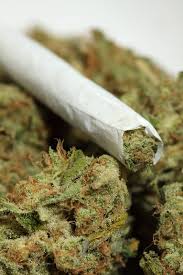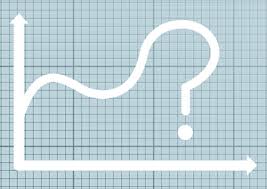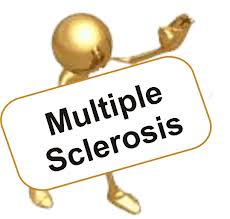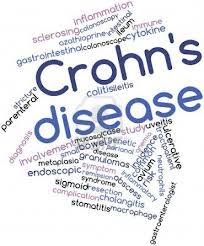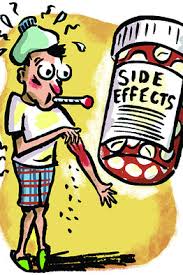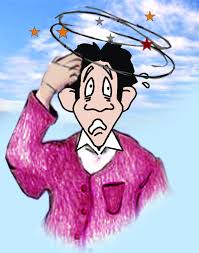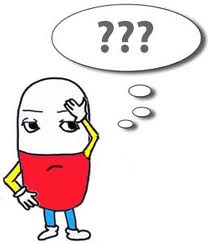Introduction:
The Hippie generation of the 1960’s and 1970’s exposed America to Marijuana in a big way.
History of Marijuana:
The term “marijuana” is a word, which is derived from the Mexican words for “Mary Jane”; others hold that “marijuana” comes from. The Portuguese word marigu-ano, which means “intoxicant” (Geller and Boas, 1969: 14). The plant has been grown for fiber and as a source of medicine for several thousand years, but until 500 A.D. its use as a mind-altering drug was almost solely confined in India. The drug and its uses reached the Middle and Near East during the next several centuries, and then moved across North Africa, appeared in Latin America and the Caribbean, and finally entered the United States in the early decades of this century (Snyder, 1970: 129). Meanwhile it had been introduced into European medicine shortly after the invasion of Egypt by Napoleon and had a minor vogue as an intoxicant for a time in France.
Consider these Marijuana Statistics.
- Marijuana is the most commonly used illicit drug in the United States.
- The percentage of youth aged 12–17 indicating a great risk of smoking marijuana once a month remains at around 38%.
- Marijuana contains more than 400 chemicals, including most of the harmful substances found in tobacco smoke. Smoking one marijuana cigarette deposits about four times more tar into the lungs than a filtered tobacco cigarette.
- Harvard University researchers report the risk of a heart attack is five times higher than usual in the hour after smoking marijuana.
- The risk of using cocaine is estimated to be more than 104 times greater for those who have tried marijuana than for those who have never tried it.
- Smoking marijuana can injure or destroy lung tissue. In fact, marijuana smoke contains 50–70% more cancer causing chemicals than tobacco smoke.
- Reaction time for motor skills, such as driving, is reduced by 41% after smoking one joint and is reduced 63% after smoking two joints.
- There have been over 7,000 published scientific and medical studies documenting the damage that marijuana poses. Not one study has shown marijuana to be safe.
Medicinal uses of Marijuana:
Marijuana has been a main ingredient in natural remedies for thousands of years in China from as early as 3000 B.C. It has found medical uses in diseases such as; easing the pain of childbirth, relieving asthma, epilepsy, improving appetite and disposition. It has also been used to treat sciatica to insomnia.
In recent years, researchers have tried marijuana for headaches, menstrual cramps and more recently for glaucoma, ‘wasting syndrome in AIDS’, multiple sclerosis and treating pain in the terminal stages of cancer. It may be used in certain medical conditions such as:
used in the following conditions:
- Muscle spasms caused by multiple sclerosis
- Nausea from cancer chemotherapy
- Poor appetite and weight loss caused by chronic illness, such as HIV, or nerve pain
- Seizure disorders
- Crohn’s disease
How does marijuana produce therapeutic effects?
It is very difficult to understand how marijuana confers medical benefits. It has over 400 compounds. Your body already makes marijuana-like chemicals that affect pain, inflammation, and many other processes. Marijuana can sometimes help those natural chemicals work better,
However, it is seen that marijuana has the ability to improve the appetite, reduce nausea and vomiting and prevent muscle spasms. The US FDA in 1985 approved a synthetic version of marijuana called as Dronabinol (trade name – Marinol) for nausea due to cancer chemotherapy.
Marijuana is unique because it can be absorbed by inhalation for all those patients with severe nausea. Research is being done to deliver marijuana in the form of vaporizers.
How Is It Used?
Medical marijuana may be:
- Smoked
- Vaporized (heated until active ingredients are released, but no smoke is formed)
- Eaten (usually in the form of cookies or candy)
- Taken as a liquid extract
Side Effects:
Side effects of marijuana that usually don’t last long can include:
- Dizziness
- Drowsiness
- Short-term memory loss
- Euphoria
More serious side effects include severe anxiety and psychosis
Dangers of using marijuana as a medication:
It will be easily available to drug abusers.
It has a potential to impair the function of the immune system in severely ill patients.
It can damage the lung and has cancer-causing chemicals found in tobacco
It can create drowsiness and muddle the thinking
It can speed up the heart rate.
Conclusion:
It is not possible to predict if marijuana will get the medical nod as a medication. There is a lot of skepticism about the therapeutic benefits of this drug versus the dangers. Perhaps, many synthetic compounds will evolve from marijuana and might be found useful for migraines to wasting syndrome of AIDS.
Despite the strict federal laws, marijuana or pot is illegally available in the streets and despite stringent DEA laws, millions of Americans can still get it illegally from the street.
References:
www.medicalmarijuanaprocon.org.
www.gdcada.org/statistics/marijuana.htm
